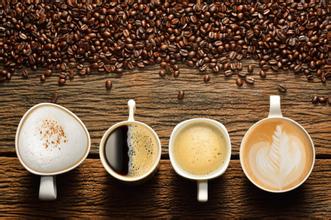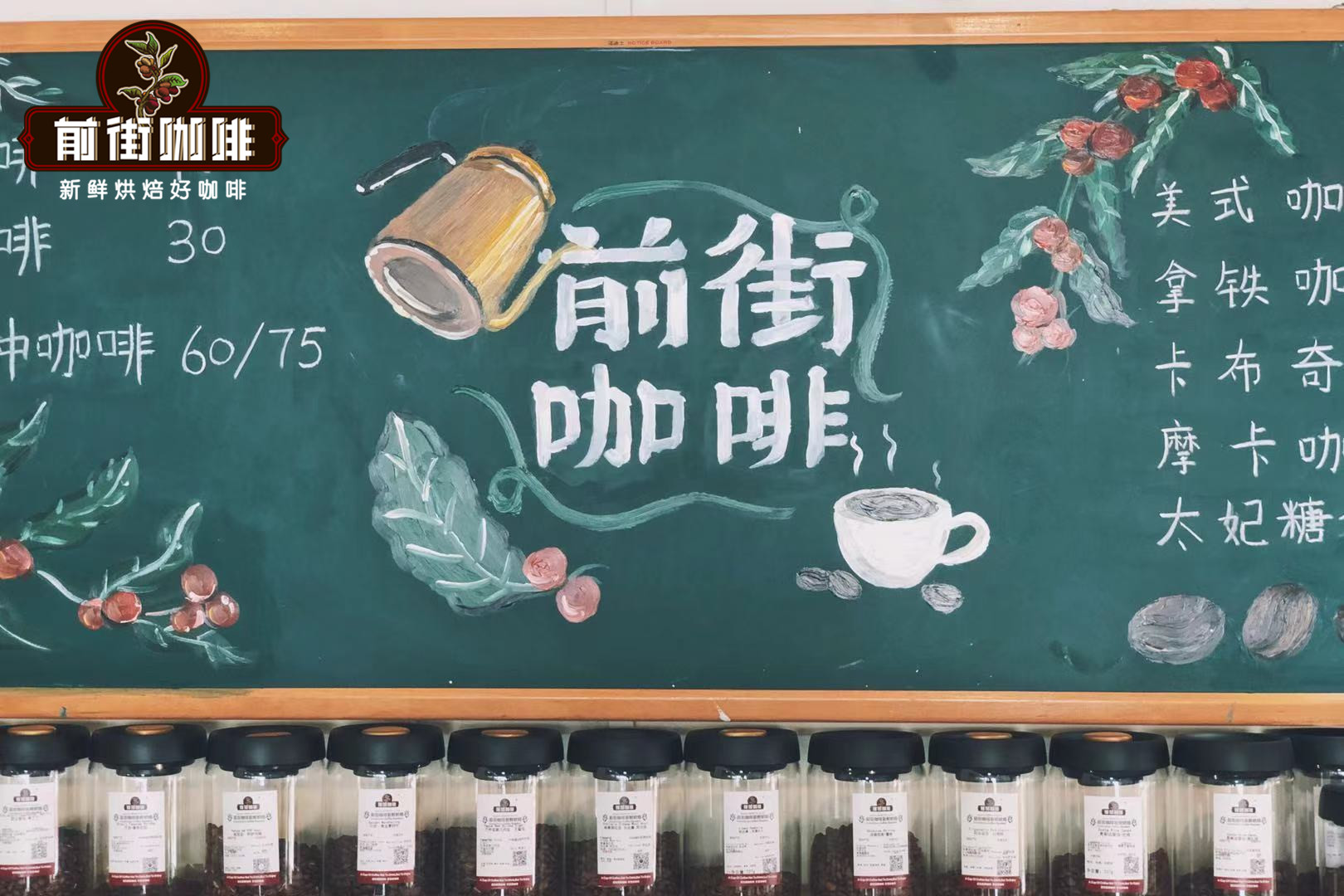Grinding scale of hand-washed coffee beans-the thickness of coffee beans directly after grinding
Grinding scale of hand-washed coffee beans-the thickness of coffee beans directly after grinding
First, the grinding particles should be uniform. Uneven coffee will lead to inconsistent and uncoordinated taste, no matter which step, the uneven situation must be reduced to a minimum, regardless of grinding or baking, the pursuit of non-miscellaneous, homogeneous and balanced coffee. The uniformity of the ground coffee particles will directly affect the balance of the coffee liquid. In other words, uneven coffee powder will make the concentration of coffee liquid uneven. How does the difference in grinding degree affect the taste of coffee?
The finer the grinding degree is, the stronger the bitter taste is, and the thicker the grinding degree is, the weaker the bitter taste is.
This is a basic principle.
The reason is very simple, fine grind coffee powder surface area is larger, extract more ingredients, the more ingredients soluble in water, the more liquid, the stronger the bitterness. On the contrary, the rough ground coffee powder has a small surface area and less extracted powder. of course, the concentration will be lower and the bitterness will be weaker. If the bitter taste is weak, the sour taste will become stronger instead.
Compared with Article 1 of this basic Law, if coffee powder with different grinding degrees is mixed together, the concentration of soluble powder will be different, and both sour and bitter taste will be extracted. It is conceivable that this cup of coffee will turn into a muddy and smelly liquid.
The second is the problem of friction heat generated by the bean grinder. It is normal to produce heat during grinding. The reason to pay attention to this is because heat obviously harms taste and aroma. This is the price difference between the bean grinder with metal blade and the bean mill with ceramic blade. After many international studies, experts believe that under very common speed and load conditions, the instantaneous high temperature caused by friction in the local area of the metal surface can be as high as 500-1000 ℃.
Therefore, it is inevitable that ground coffee will produce heat, but the heat will vary according to the mechanism of grinding beans. Bean grinders grind coffee beans in two ways: one is to grind coffee beans with two grinding plates engraved with shallow grooves, which we call parallel grinders, and most manual bean grinders fall into this category. The other is represented by the shredder, and the coffee beans are cut by two sets of rollers with sharp blades that bite perpendicular to each other, which is the so-called tapered blade grinder.
It is generally believed that slow grinding with a manual parallel bean grinder will not produce heat, in fact, on the contrary, the type of friction with a disc blade is easy to produce heat. On the other hand, the tapered bean grinder can minimize the friction heat produced by grinding coffee powder. The reason is that the tapered blade is ground quickly with a longer blade process, and the tapered blade takes less time and has a lower heating rate at the same thickness.

Important Notice :
前街咖啡 FrontStreet Coffee has moved to new addredd:
FrontStreet Coffee Address: 315,Donghua East Road,GuangZhou
Tel:020 38364473
- Prev

Grinding degree of hand-brewed coffee powder thickness standard hand-brewed coffee grinding scale adjustment parameters are appropriate
Standard steps for calibrating hand-made coffee powder turn on the switch of the coffee cup, place the filter cup on top of the coffee pot, inject hot water into the coffee cup, and wet the filter paper. After releasing the hot water, turn off the switch. Note: (the function of soaking filter paper is not only to let the filter paper stick to the cup wall, but also to wash away the pulp smell of the filter paper.
- Next

Introduction to the skills in the production process of Coffee pattern
The requirements for the quality of milk foam every time I communicate with my friends, I only get some very general results. For example: be delicate (what is delicacy? No one can explain it in precise words), like velvet (what is velvet? As a national protected animal, how many people dare to hit a swan and touch its velvet? Be slippery (Oh, that's funny, too, because of the milk.
Related
- Beginners will see the "Coffee pull flower" guide!
- What is the difference between ice blog purified milk and ordinary milk coffee?
- Why is the Philippines the largest producer of crops in Liberia?
- For coffee extraction, should the fine powder be retained?
- How does extracted espresso fill pressed powder? How much strength does it take to press the powder?
- How to make jasmine cold extract coffee? Is the jasmine + latte good?
- Will this little toy really make the coffee taste better? How does Lily Drip affect coffee extraction?
- Will the action of slapping the filter cup also affect coffee extraction?
- What's the difference between powder-to-water ratio and powder-to-liquid ratio?
- What is the Ethiopian local species? What does it have to do with Heirloom native species?

